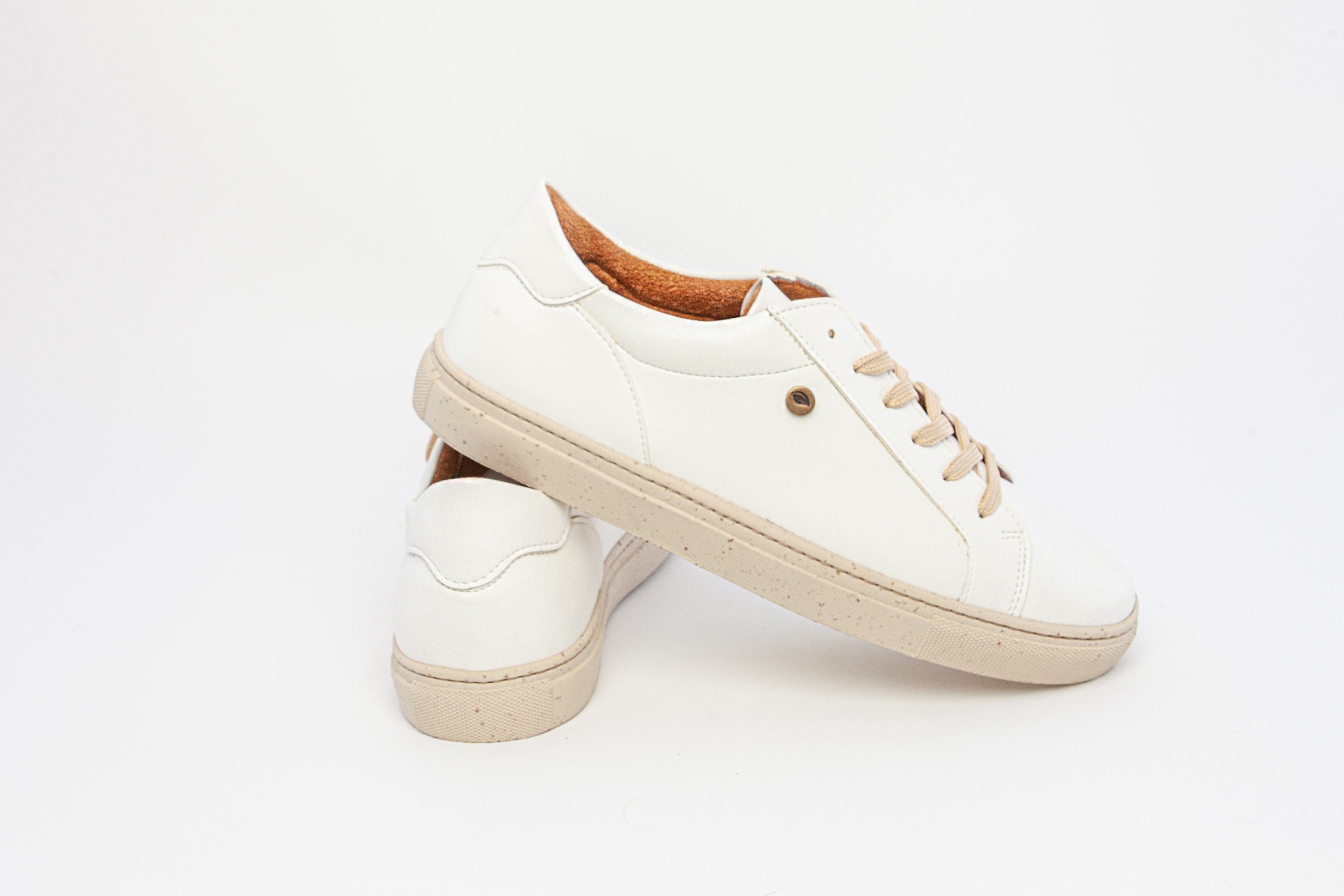ORGANIC CACTUS AND CO2 SEQUESTERING CAPACITY
Nowadays climate change is one of the biggest challenges that humanity has to face, in the future prolonged droughts and desertification are the subjects - among others, that will address several countries, specifically Africa and Asia, where farmers and small producers of low income will become seriously affected. If people want to survive on these harsh conditions, their crops must need to tolerate drought, high temperatures and poor soils.
Cacti interest around the world has grown with special focus on nopal (Opuntia ficus-indica) because of its unique characteristics, which provides it with resilience towards the limiting conditions previously mentioned. The nopal is capable of growing on land where other crops won’t prosper. It can be used for the restoration of degraded land in many countries, it is the only crop which can be trust where all the others have failed. This plant by its own right should be among the miracles of nature. The cultivation of nopal was originated in Mexico which is still the main producer and consumer in the world.
The increase of nopal plantations can be a strategy to relieve the accumulation of CO2 in the atmosphere. Nopal plantations can be used as water and carbon reserves on arid and semi-arid regions where climate is erratic.
The nopal is a CAM (Crassulacean Acid Metabolism), its ecological success is mainly attributed to its peculiar daily pattern of carbon fixation and water loss, which occur mainly at night. Similar to other CAM plants, the nopal opens its stomata at night to fix CO2 since night temperatures are lower than daytime ones, and relative humidity is in general higher, transpiration of CAM plants is about three to four times lower than of C3 and C4 plant species respectively. The result is a tremendous efficiency increase in the use of water and in the ability of the plant to survive on semi-arid environment which are characterised for having a restricted water availability (200-300mm of annual rain) or where long periods of drought and high temperatures occur.
Characteristics (Nopal CAM compared to C3 and C4 plants)- Water content and storage: CAM 90-95% whereas C3 and C4 40-70%- Water loss: 20 to 30% of what C3 and C4 loss.- Low root proportions: CAM grows faster.- Management of water: CAM internal water recycling system from the parenchyma to the chlorenchyma maintaining the turgor of the photosynthetic tissue over a wide range of moisture content.
- Cactus is a natural carbon sink, it has a great CO2 sequestering capacity.
- From our 14 acres, we are able to absorb 8,100 tons of CO2/year while at the farm we only generate 15.30 tons of CO2 annually.
- It takes approximately 3 leaves of cactus to create one linear meter of Desserto.
- We only cut the mature leaves of the plant without damaging the plant itself, enabling repeat harvest every 6-8 months from the same plants.
- Our USDA certified cactus is grown in an organic farming system in the fertile and mineral-rich region of Zacatecas, Mexico.
- We do not compete with food, we are giving cactus its highest value!
- 50% of our processed harvest is directed to the food industry benefiting the farm. Two industries can co-exist with a single crop (feed-stock).
- Cactus naturally regenerates soil.
- It only takes 200 litres to grow one kilogram of cactus biomass which water is absorbed by the plant itself from humidity present in the atmosphere, compared to 1000 litres (on average) to grow the same kilogram from other crops.
- Cactus is a tough and resilient specie, adapted to extreme conditions able to survive in areas where nothing else will grow.
- Cacti can grow in severely degraded soils, which are inadequate for other crops.



Leave a comment
All comments are moderated before being published.
This site is protected by hCaptcha and the hCaptcha Privacy Policy and Terms of Service apply.